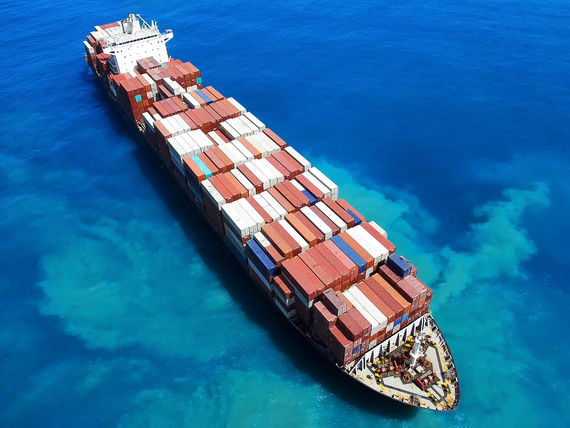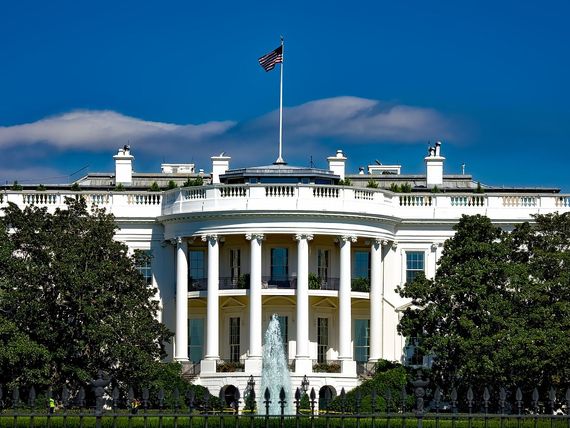Trendwatch: Global shipping firms continue to pause Red Sea shipments; Iran’s Red Sea power play heightens fears of trade disruption; Saving the Panama Canal will take years and cost billions, if it’s even possible

Global shipping firms continue to pause Red Sea shipments
Denmark's Maersk and German rival Hapag-Lloyd said on Tuesday their container ships would continue to avoid the Red Sea route that gives access to the Suez Canal following a weekend attack on one of Maersk's vessels.
Both shipping giants have been re-routing some sailings via Africa's southern Cape of Good Hope as Yemen-based Houthi militants attack cargo vessels in the Red Sea. The disruption threatens to drive up delivery costs for goods, raising fears it could trigger a fresh bout of global inflation.
Maersk had on Sunday paused all Red Sea sailings for 48 hours following attempts by Yemen-based Houthi militants to board the Maersk Hangzhou. U.S. military helicopters repelled the assault and killed 10 of the attackers.
"An investigation into the incident is ongoing and we will continue to pause all cargo movement through the area while we further assess the constantly evolving situation," Maersk said in a statement.
Iran’s Red Sea power play heightens fears of trade disruption
Iran’s dispatch of a warship to the Red Sea is its boldest move yet to challenge US forces in the key trade route, emboldening Houthi militants whose missiles have disrupted shipping over the past two months.
Tehran is unlikely to want direct confrontation — its old frigate being no match for the US-led maritime task force patrolling the waters off Yemen — but it takes the projection of Iranian power in the region to another level. That’s raising tensions after the Houthis started attacking vessels they claimed were headed to or owned by firms in Israel in a bid to end the military assault on Gaza.
Iran has rejected calls from Western powers to pressure the Houthis to end their attacks in the Red Sea. Some of the latest ships targeted by the rebels don’t have clear links to Israel, according to Kevjn Lim, a Tel Aviv-based analyst at S&P Global Market Intelligence. That includes an attack on an AP Moller-Maersk A/S container ship, after Denmark said it was joining the task force.
Saving the Panama Canal will take years and cost billions, if it’s even possible
The vestiges of an ancient forest tell the story of just how bad things are at the drought-stricken Panama Canal.
A few hundred feet from the massive tankers hauling goods across the globe, gaunt tree stumps rise above the waterline. They’re all that remains of a woodland flooded more than a century ago to create the canal. It’s not unusual to see them at the height of the dry season — but now, in the immediate aftermath of what’s usually the rainy period, they should be fully submerged.
They’re a visible reminder of how parched conditions have crippled a waterway that handles $270 billion a year in global trade. And there are no easy solutions. The Panama Canal Authority is weighing potential fixes that include an artificial lake to pump water into the canal and cloud seeding to boost rainfall, but both options would take years to implement, if they’re even feasible.
With water levels languishing at six feet (1.8 meters) below normal, the canal authority capped the number of vessels that can cross. The limits imposed late last year were the strictest since 1989, when the conduit was shut as the US invaded Panama to extract its de facto ruler, Manuel Noriega. Some shippers are paying millions of dollars to jump the growing queue, while others are taking longer, costlier routes around Africa or South America.
Shipping starts shelling out for EU Allowances
The largest regional green regulations in the history of shipping came into effect yesterday with the industry included in the European Union’s emissions trading system (EUETS), a market-based measure that sets a cap on allowed emissions.
From yesterday, vessels visiting EU ports will be required to offset their applicable CO2 voyage emissions through the purchase of an equivalent number of EU Allowances (EUAs).
Clarksons Research has put together a graph estimating EU ETS costs for certain ship types on the basis of this year’s average EUA price of $90 per tonne of CO2 and 2022 trading patterns.
US overtakes China as South Korea’s top export market
South Korean exports to the US exceeded shipments to China for the first time in two decades last month, in a sign of shifting ties amid global tensions over economic security and tech supply chains.
South Korea sold $11.3 billion in goods to the US in December compared with $10.9 billion to China, the trade ministry said Monday. The switch in positions came as South Korea’s overall exports rose 5.1% from a year earlier — a third monthly increase after a yearlong slump.
The change in positions partly reflects China’s economic challenges, which led policymakers to come up with a series of stimulus measures last year. Still, one month’s data doesn’t offer conclusive proof of a conscious or enduring shift in trading patterns.
Supply chain predictions 2024: AI, sustainability top of mind
To paraphrase a much-attributed quote, “Making predictions is hard. Especially if they are about the future.” And the last few years have not made the challenge any easier in the topsy turvy world of global supply chain trends.
Since the start of the decade, supply chains have become a strategic pillar for many global businesses and industries. What constitutes a well-run supply chain? Depends on who you ask. Sometimes it’s about cost and efficiency, other times customer service versus profitability. Most recently, resiliency, sustainability and artificial intelligence (AI) have been stealing headlines.
Will these supply chain trends continue to make headlines in 2024? Let’s take a look.


